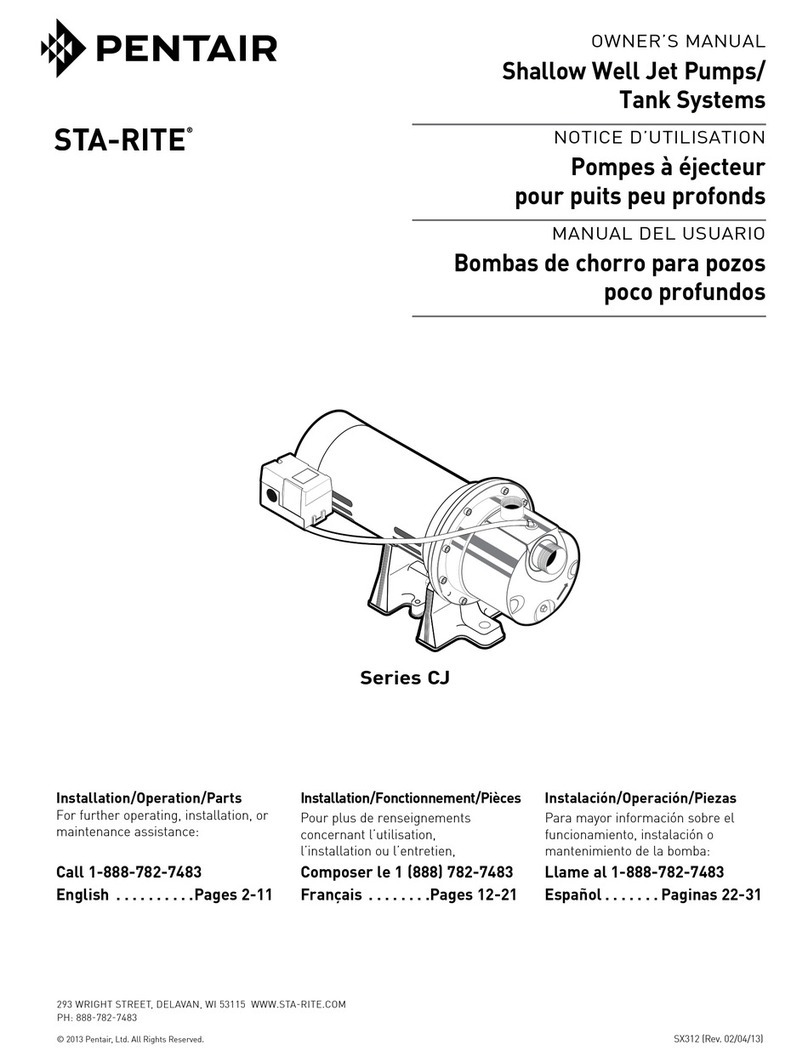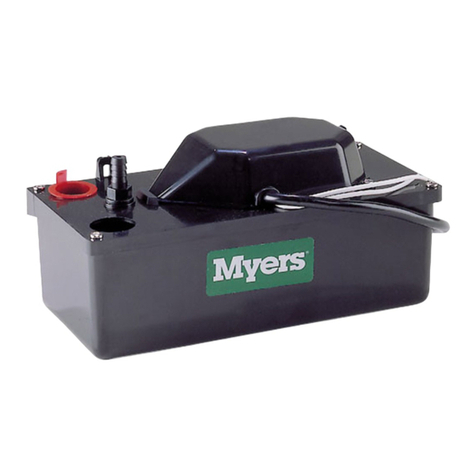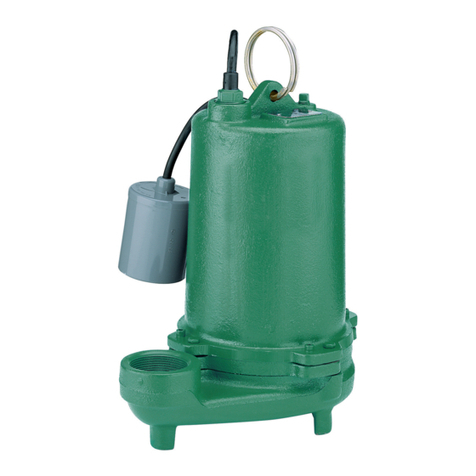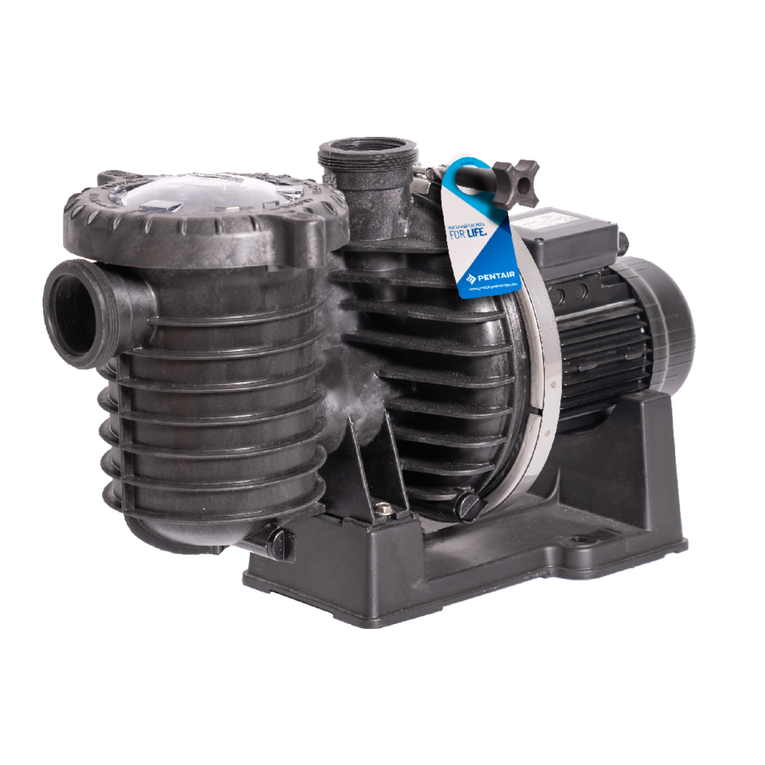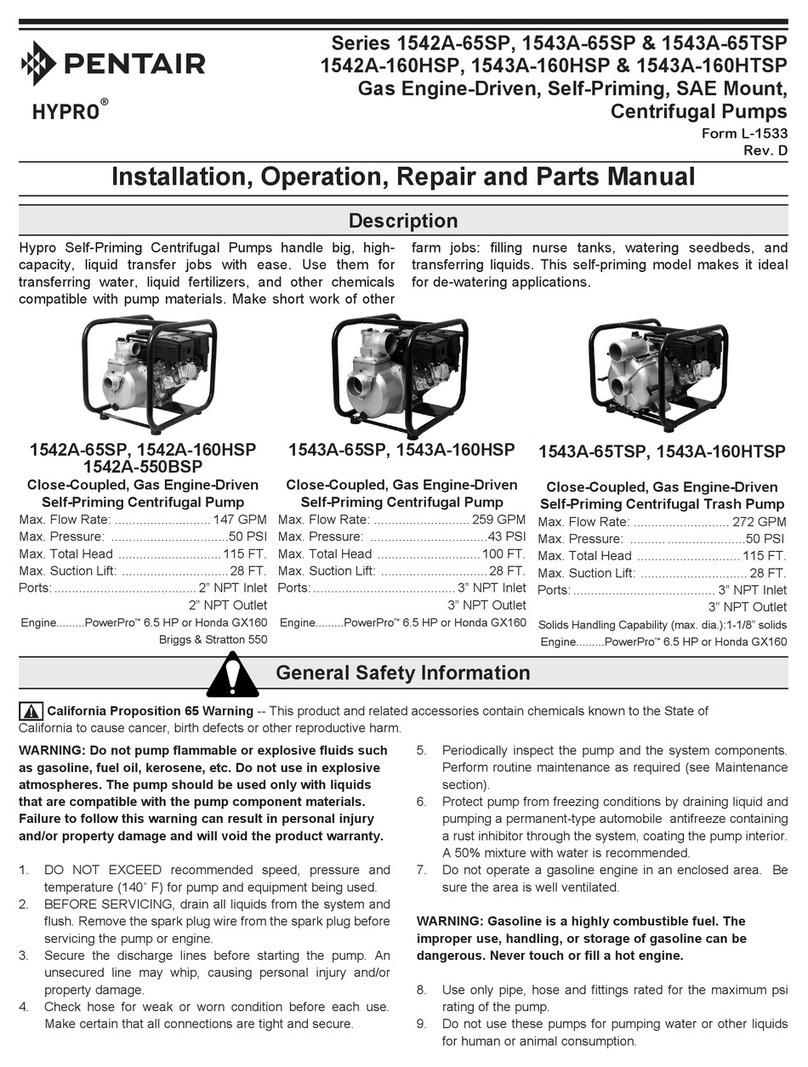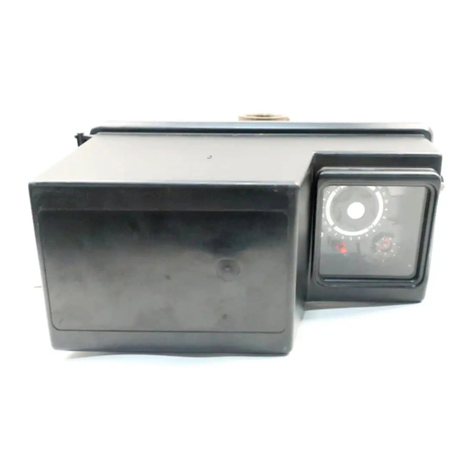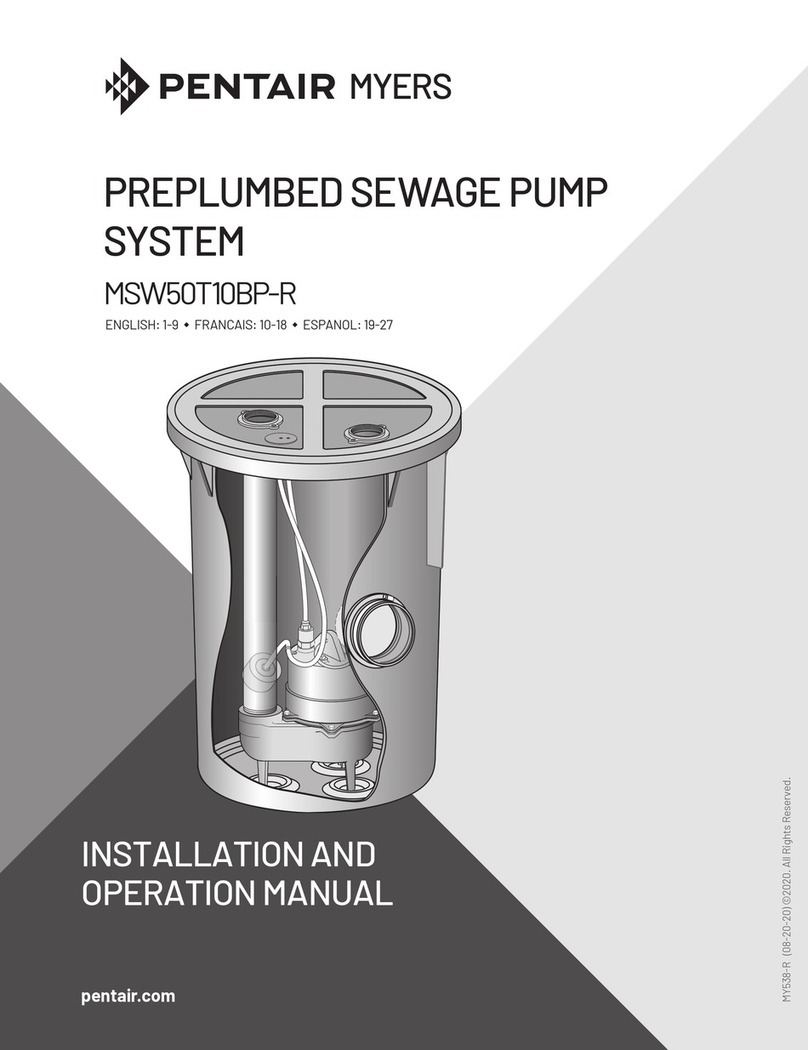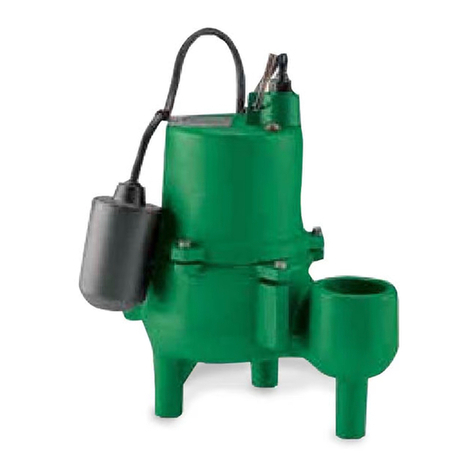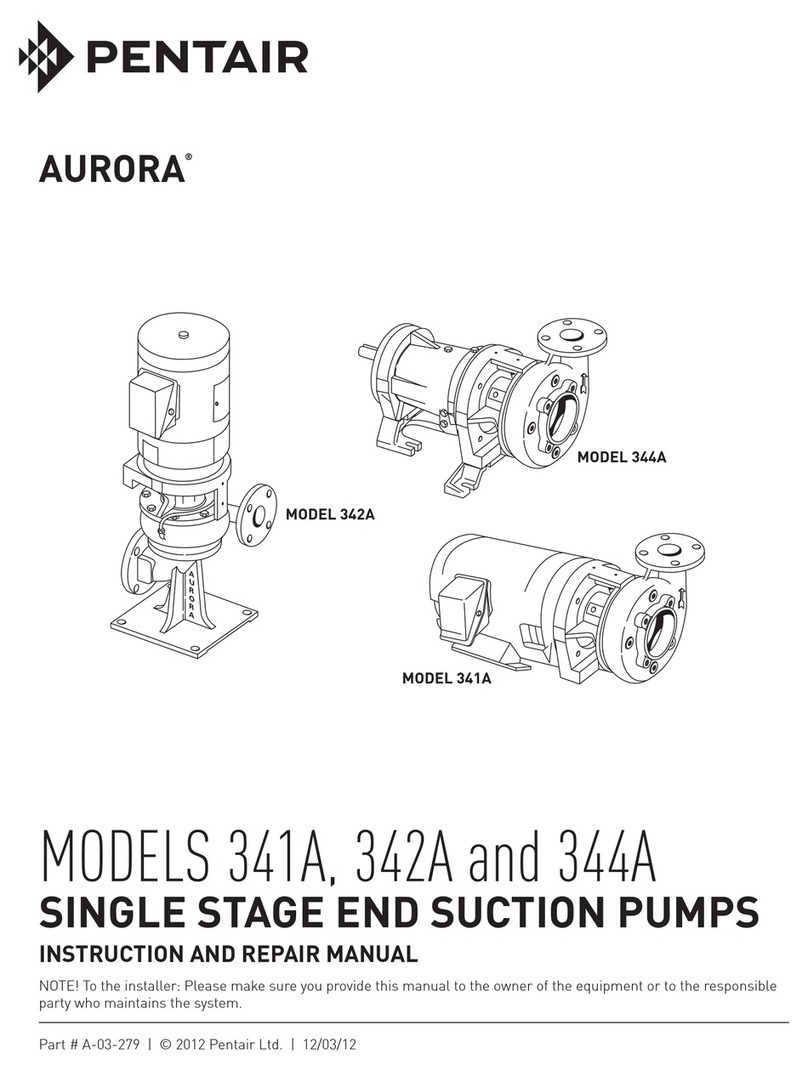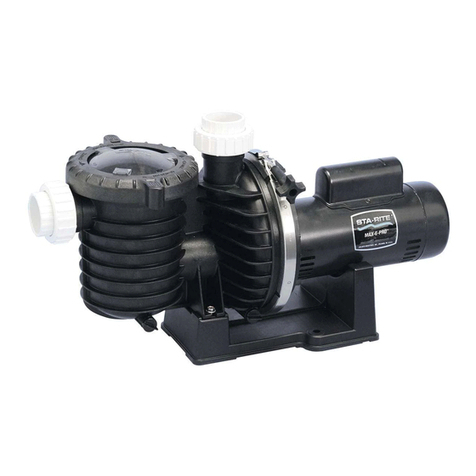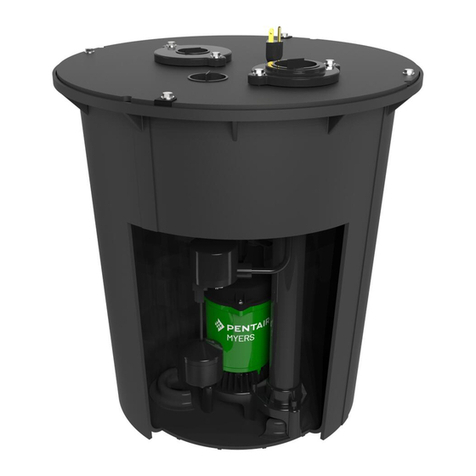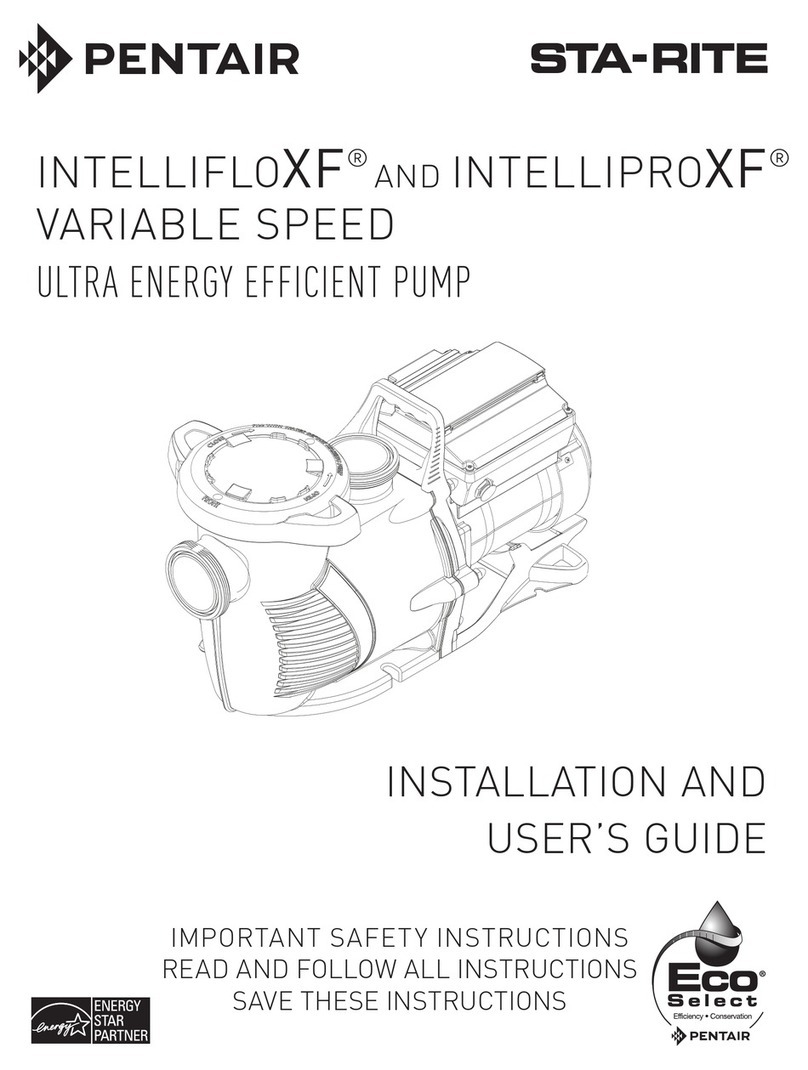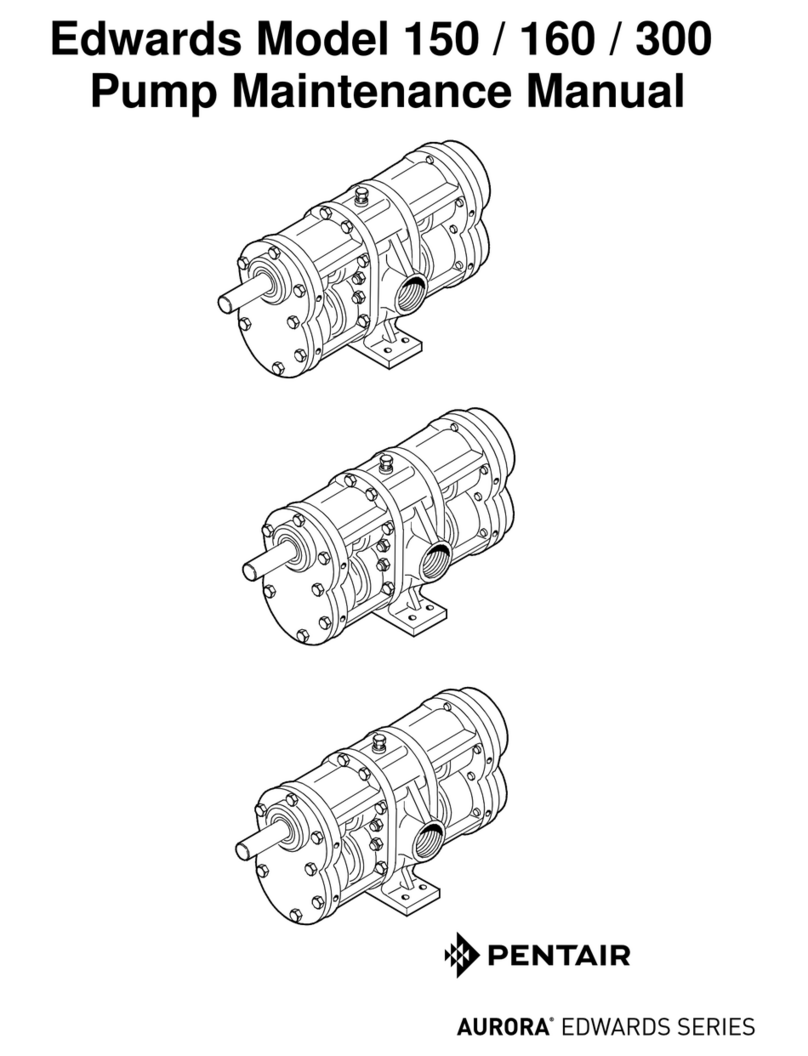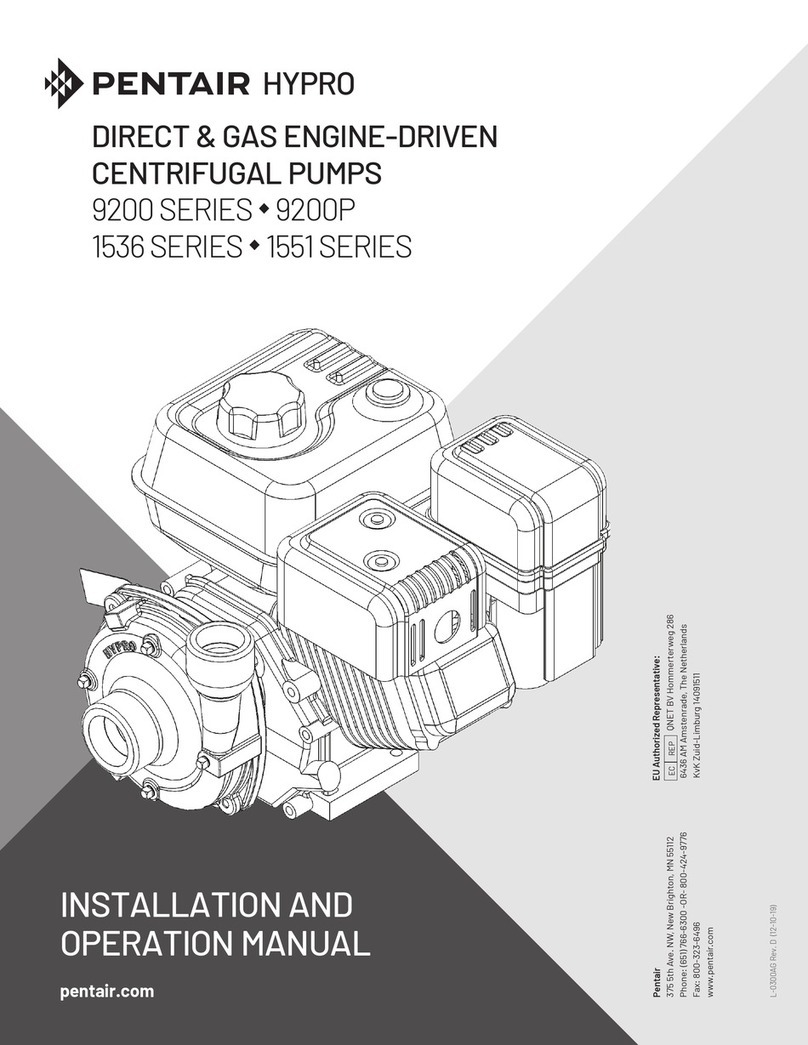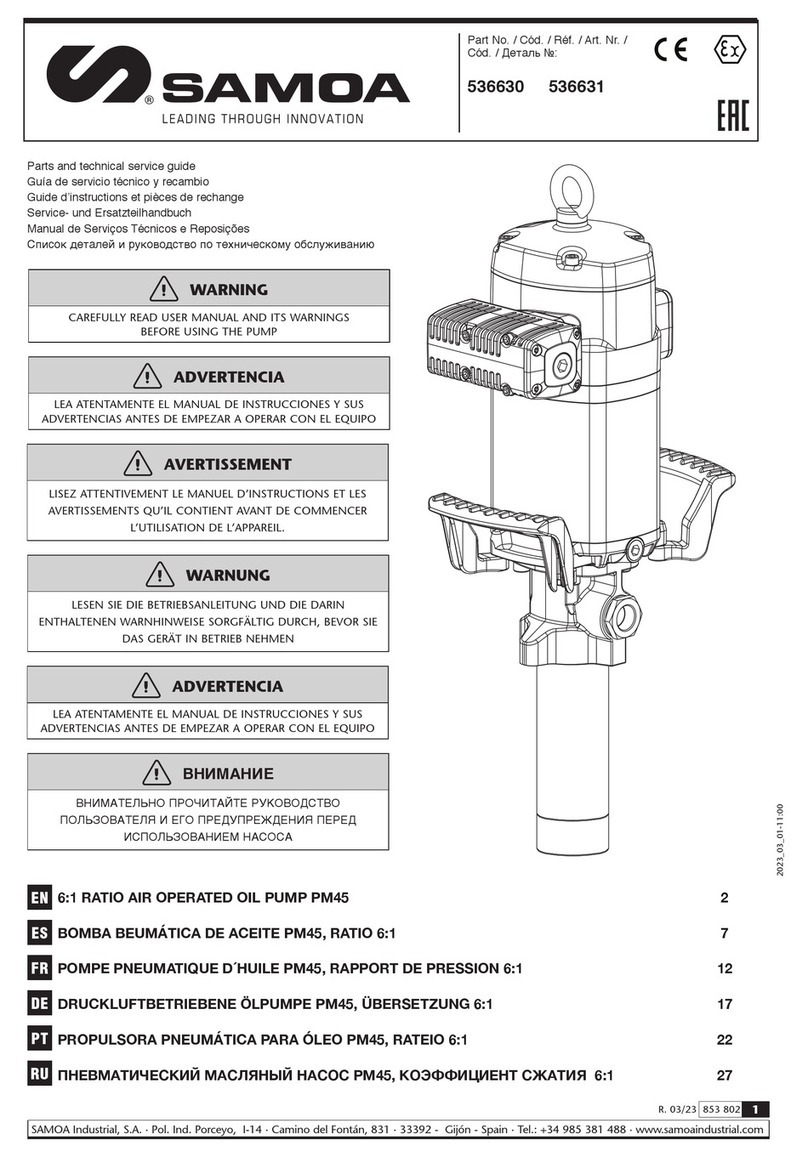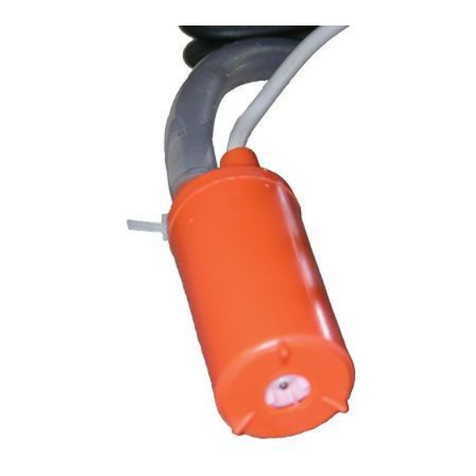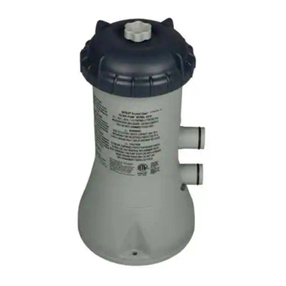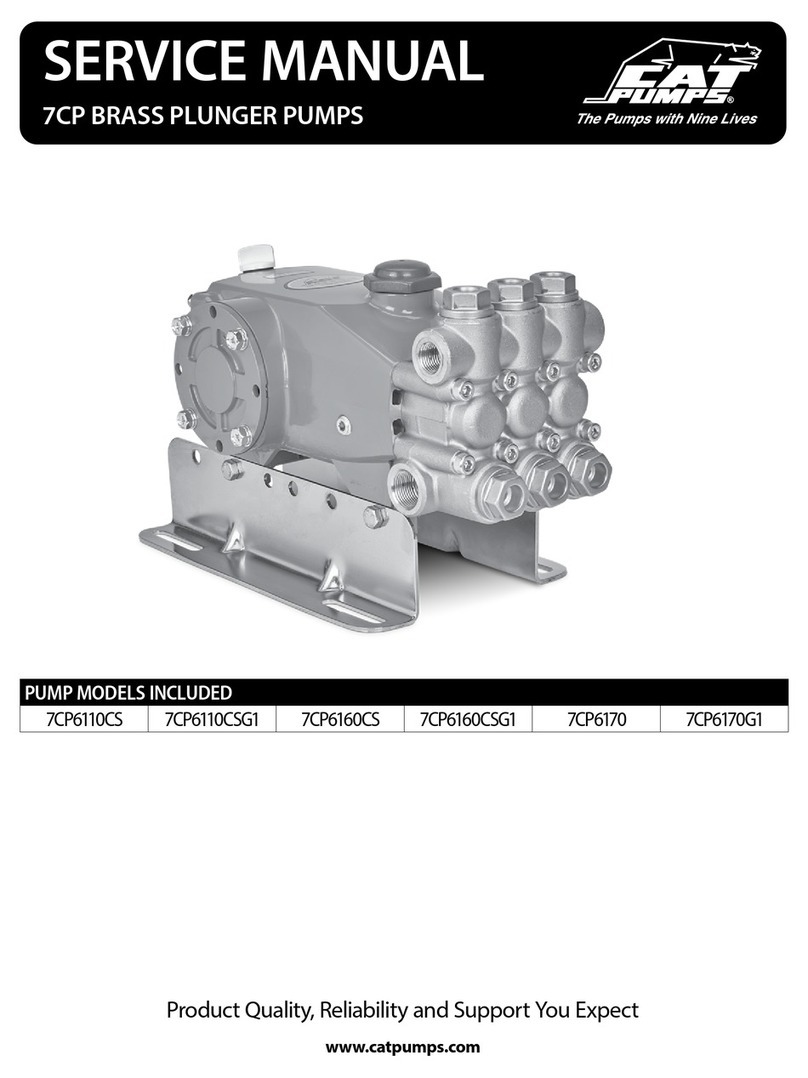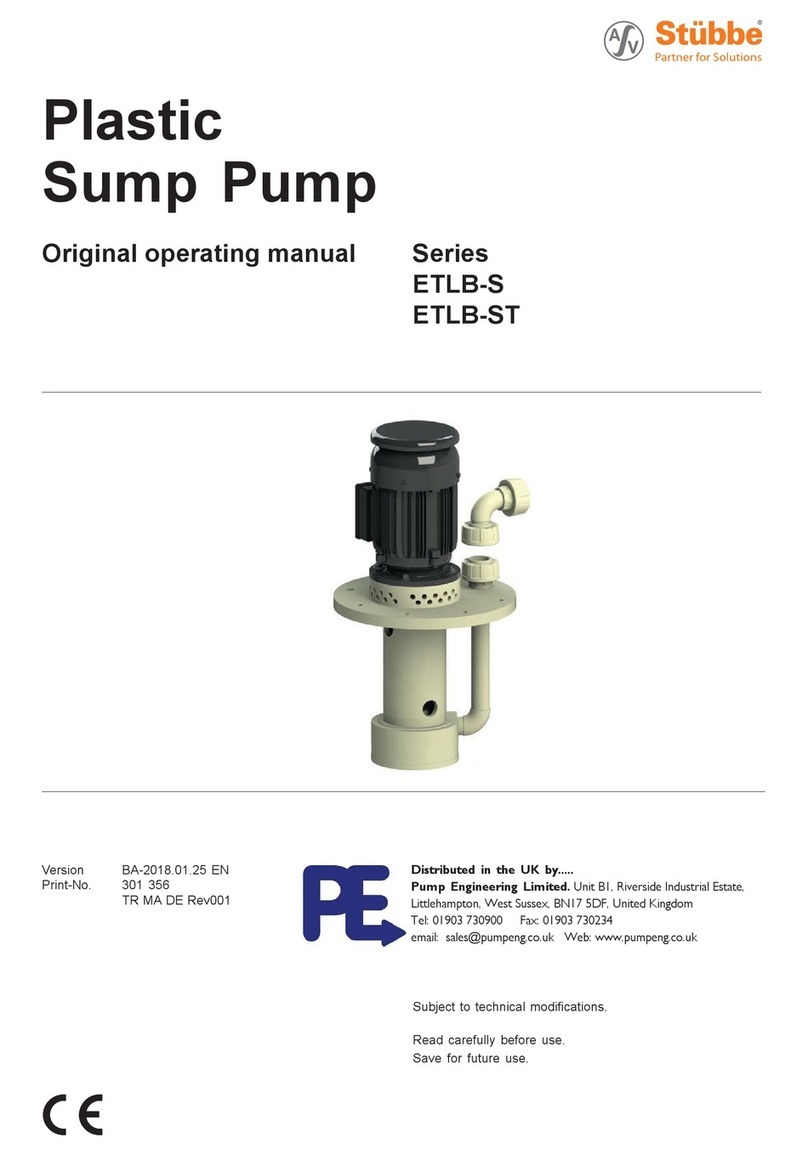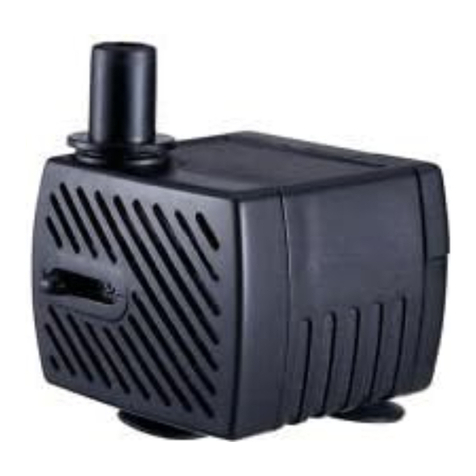
8-GB-
CHAPTER 4 - FUNCTIONING
4.1 PRODUCT DESCRIPTION
4.1.1 MOTOR PUMP
The system is composed of a motor pump and an electronic control system (inverter) that enables the
pressure to be maintained constant in the system, reducing or increasing the rotation speed of the pump
motor.
When the system pressure goes below the threshold set, the module starts the pump to reset the set point
pressure; the rotation speed of the pump varies based on the water request, therefore, greater request
requires greater speed, until the maximum set pressure is reached.
When the request for water decreases, speed will also reduce until the pump reaches the minimum speed
set and after which, if there are no further decreases in pressure (i.e. new water requests), the pump will go
in standby until a new cycle begins.
4.1.2 PRESSURE UNIT
• CPS controls for the unit, such as MASTER (PRI – P) and SLAVE (SEC – S), are
automatically configured. Alternatively, the "advanced parameters" can be used to
configure the controls
The system is comprised of motor pumps equipped with an electronic control system (inverter) which allows
it to maintain the system's pressure constant, reducing or increasing the speed at which the electronic pump
motor rotates.
When the system pressure goes below the threshold set, the module starts the first pump of the group
(Master – PRI “P” at first start-up) as to reset the set point pressure; the rotation speed of the pump varies
according to the water request, therefore, the greater the request is and the higher the speed must be, until
the maximum set pressure is reached; after that, if the system requires a higher performance, the module
will start the first pump, then the second, the third and so on (Slave – SEC “S”) in order to maintain a
constant pressure.
When the request for water decreases, the last pump started will decrease its speed until shutting off. The
system will keep the first pump in function until reaching the preset minimum speed; after that the pump will
be shut off unless a new pressure decrease will arise, thus requesting more water.
At the next restart, the pump order start can vary according to the cycle mode chosen, as detailed later.
If the pump stops because of a failure, the system replaces it with another pump present in the system. In
case the MASTER pump is damaged, the system chooses the MASTER pump in a random and automatic
way and transfers all the main controls to it. The MASTER is always chosen among the pumps connected to
the sensor.
The system has five settings:
• Cyclical (CH1): Indicates that the first pump to come on at the next request for water will be the one
which has not started-up or which started-up second. The second pump can support the first in this
mode (BOOSTER setting – CH1 see Chpt. 5.3.4).
• Alternating (CH2): The motors function in an alternating manner, changing place at each start-up
or after a set period of time entered in the installation parameter menu (see chpt. 5.3.4: CH2, SCA T
and SCA S). In this way only one pump works while the others are in standby mode and never
replace the first one. If the pump stops because of a failure, another pump will automatically replace
it.
• Cyclical with running hours (CH3): This indicates that the first pump to enter in function after a
39




















